It’s one of the big questions that has been stirring up the music world since the advent of streaming platforms and their recommendation systems: How do algorithms and music recommendations work?
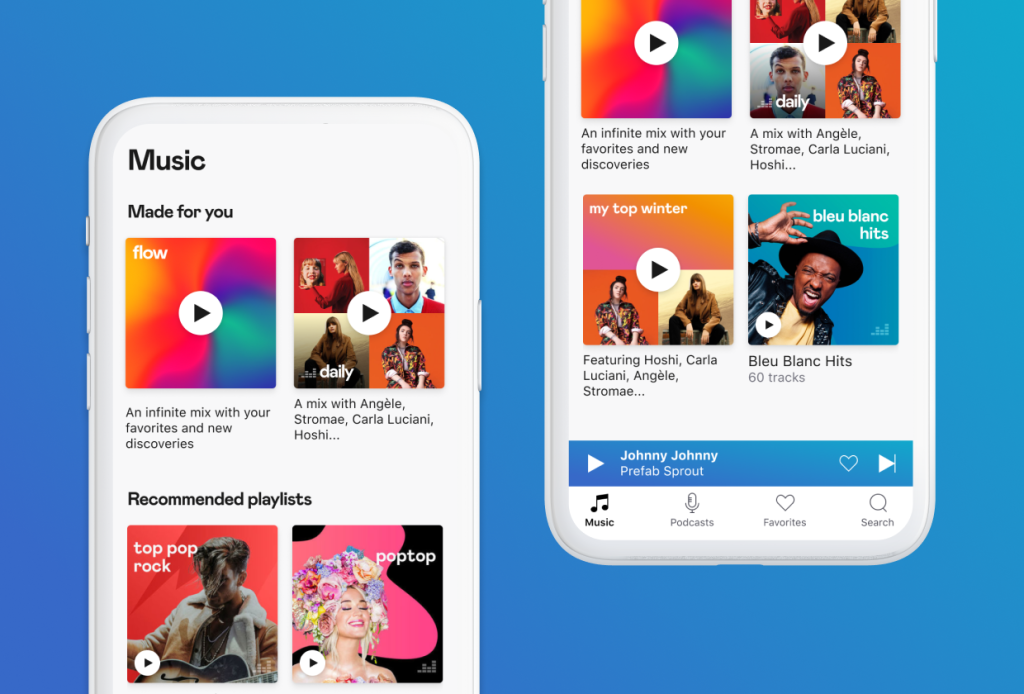
The subject is not only fascinating but also highly complex and obscure. Little or no information is available to the general public. In this new article, we will unravel the mystery and, above all, understand the impact of these algorithms on the music industry and how we listen to music.
Before the algorithms
It may sound wild, but before algorithms arrived en masse in the streaming world, recommendations were made…by hand, by humans. People, not artificial intelligence, created personalized playlists and selected relevant songs and albums for each user.
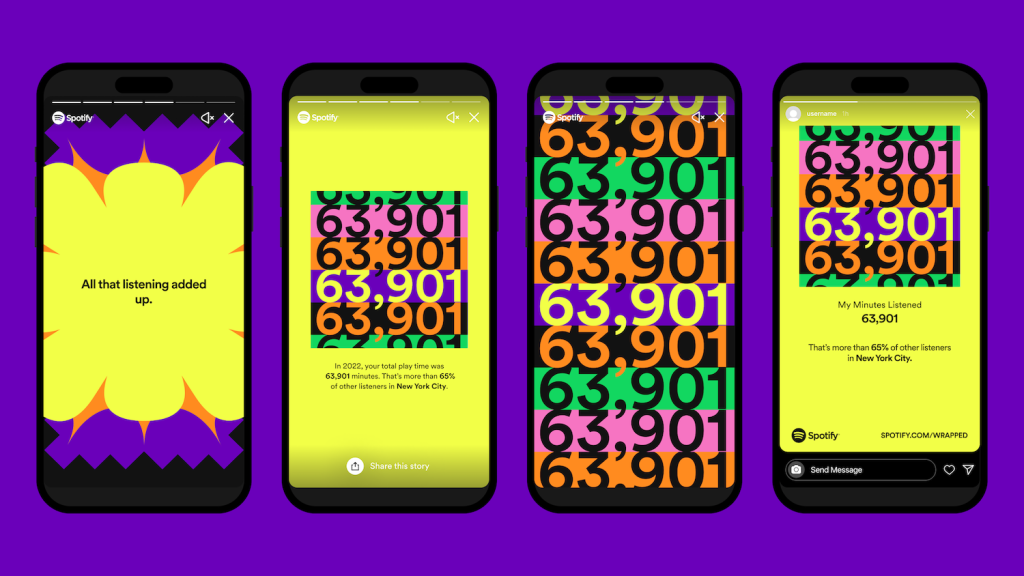
It was tedious work, but possible in the early days of the platforms before tens of millions of people adopted them. Mathematical and computational solutions must be implemented, creating algorithms to continue the work begun by human beings. Just imagine having to still create, by hand, tens of thousands of playlists since it is now the most common way to listen to music. It would be impossible!
How do algorithms and music recommendations work?
You’ll probably be a little disappointed by the answer, but it isn’t easy to have a more precise opinion than the question. Indeed, the workings of the algorithms remain opaque whether it’s Spotify, Apple Music, Deezer, YouTube Music, or any of the others – and even video streaming services such as Netflix.
And that makes sense: it’s one of the things that allows each of these services to stand out from the others. Spotify has invested millions of dollars to make its algorithm one of the best on the market. Today, the Swedish giant is often presented as the one that makes the best music recommendations based on its users’ tastes. It is data science based on mathematical formulas and artificial intelligence.

Nobody, or almost nobody, can say exactly how these algorithms work, but it is possible to understand the elements on which they base their recommendations. It’s a combination of:
- User data: listening history, songs liked, songs skipped, playlists listened to, etc. Demographic data can also be included.
- Song metadata: genre, artist, tempo, style, label, sub-genre, producer, release date, etc.
- Raw audio signals: song energy, danceability, song tone (cheerful, sad, etc.).
- Collective filters: The algorithms will seek out users with similar listening habits and recommend songs to a user who doesn’t yet know the songs the others have already listened to, and vice versa. It is what we call “collaborative filtering.”
- Machine learning techniques for predictions, decision trees, and deep learning.
The algorithms’ and music recommendations’ goals
Contrary to our opinion, algorithms don’t exist to generate turnover or business. Instead, for streaming services, it’s about keeping customers. And to create engagement while optimizing the user experience. After all, it’s logical that a customer satisfied with the algorithm’s recommendations should decide to stay in the same environment. It’s a package that’s now indispensable to any customer satisfaction-oriented strategy.
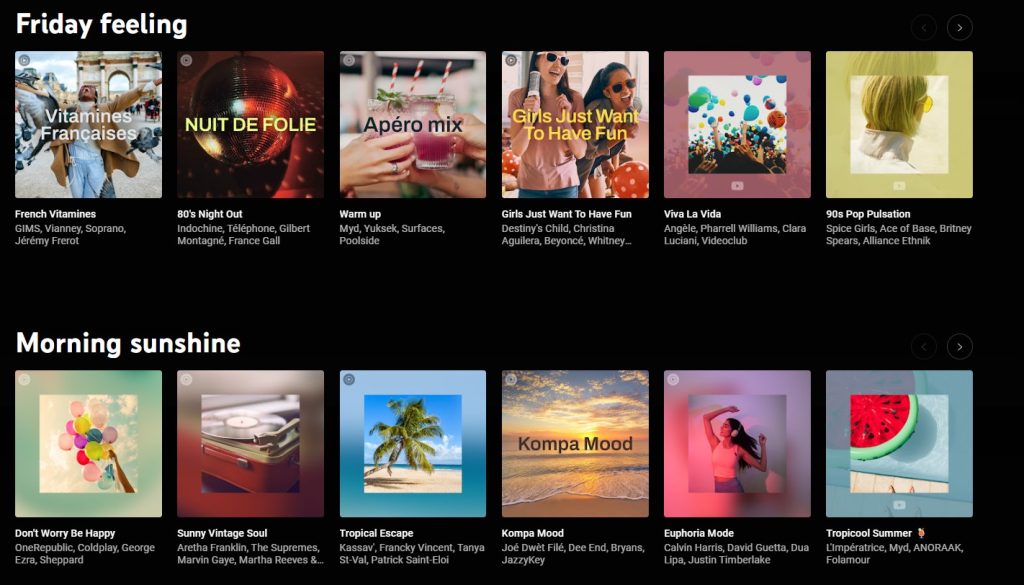
It’s also a way of connecting users and creating a sense of community. The platforms will feature public playlists of people whose tastes are similar to yours, and you can subscribe to them.
More generally, recommendation algorithms have a positive image. They promote musical discovery, provide access to many songs and genres that might otherwise remain unexplored, and are an inexhaustible source of data collection. By making songs available that are outside consumers’ listening habits, they also have a role to play in the distribution of royalties and open up a whole new field of music curation into which influencers and individual users can swoop.
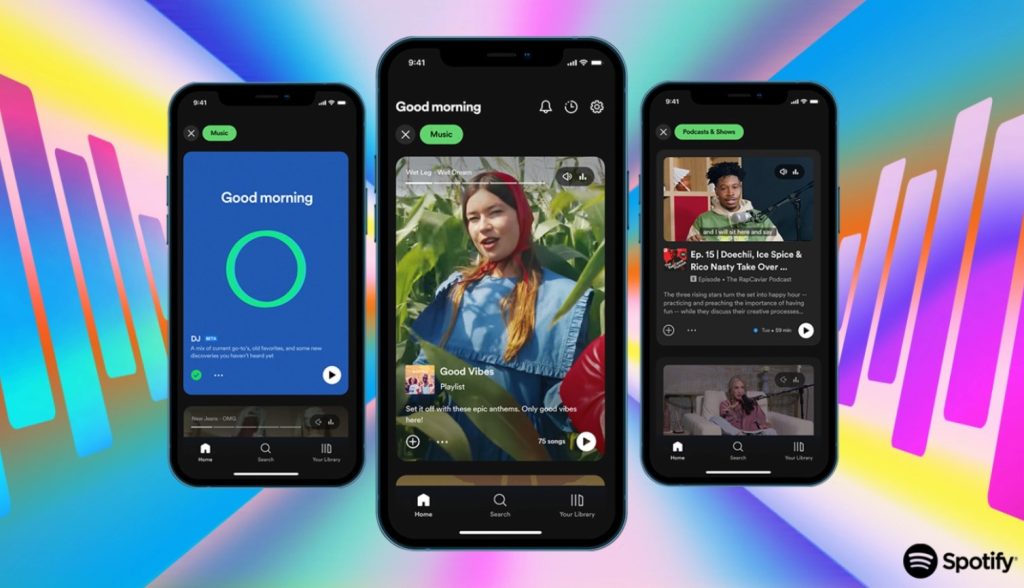
Algorithms have become so powerful that they are a significant component of the music industry and have changed how music is produced and consumed.
The Playlists
Among all these illustrations of the power of algorithms, there’s no doubt that playlists are the queens. They form part of the core interest of algorithmic recommendations and are massively listened to. The playlists generated by Spotify, considered as close as possible to the tastes of its users, are just some of the reasons why Spotify’s algorithm is regarded as the best on the market. As a professional artist, being able to benefit from exposure to specific playlists can boost your career.

This is one of the advantages of algorithms but also one of their main criticisms. Many industry professionals argue that the algorithms only showcase mainstream (well-known) songs, with little exposure to lesser-known artists. It potentially leads to a homogenization of tastes and, inevitably, an unequal distribution of the revenues generated by streaming.
Undeniably, some artists and labels now think of their music algorithmically. Even if it’s impossible to predict, certain specifications must be respected to maximize your chances of entering an influential playlist, fitting into the TikTok algorithm, and being shared and spotted by the algorithms. Be careful, then, that music doesn’t become too formatted. End-users have a role to play here.
Soundiiz’s role in how algorithms and music recommendations work
Algorithms mean playlists and data collection. And as you use streaming platforms, you will accumulate a sometimes substantial amount of data. Soundiiz is the ideal companion for managing and transferring this data.

Transfer data
Would you like to leave your current platform to test another’s algorithm?
With Soundiiz you can directly transfer all the data collected on your previous streaming services to your new account. And by “all,” we mean your likes, playlists, the artists you follow, and the albums you’ve saved. Everything can be found directly on Spotify or any other streaming service, using our Transfer function. You’ll find all the details in this article, so you’ll understand what it’s all about.
And yes, in case you were wondering, our services are 100% legal because we don’t download or retrieve any audio files.
Sync your playlists
Another feature appreciated by our users is the ability to sync playlists. Let’s say you’ve been a TIDAL user until now but decided to subscribe to Spotify. You’ve hesitated because you like TIDAL’s playlists, and you’d like to be able to continue listening to them on Spotify and benefit from their updates. Soundiiz makes it possible.
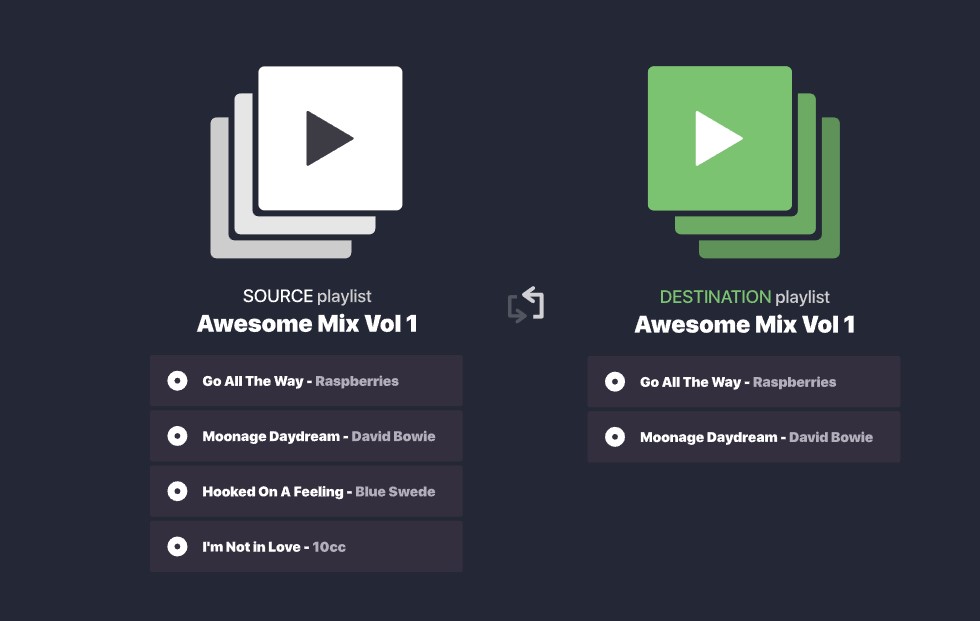
Using our Sync function, you can ask Soundiiz to retrieve updates to your TIDAL playlists at your chosen frequency. And you’ll be able to find them again, effortlessly, on your Spotify account.
Download your music streaming data
Soundiiz can allow you to download all your streaming data in text or CSV format.
The main reason you’d want to export your data would be to store it in a safe place where you know you’ll be able to find it again. Some of our users also generate CSV documents so they can see, in black and white, which songs and albums are in their playlists.

Other people use Soundiiz as a storage place. For example, you have two accounts on the same platform because you’ve moved from Canada to the USA. The catalogs of streaming platforms are different in every country, and subscription prices can sometimes vary. After moving, you’ll need to create a new account but want to keep your old one. You can connect your old account, import and download its data, and then disconnect from it. The downloaded files can then be associated with your new account once connected.
Yet another use is for sharing.
Imagine you use Spotify, but your best friend is an Apple Music user. He likes your playlists, which he often listens to with you on car journeys, parties, or joint sports sessions.
He’d like to have the same playlists for his personal use, but he wants only to select songs one by one to copy your playlist.

With Soundiiz, the solution is straightforward: all you have to do is export the Spotify playlist(s) your friend wants to listen to on his Apple Music account as a CSV file and share the generated document with him. Then, from his Soundiiz account, your friend can import and deploy this file on his Apple Music account in just a few clicks.
Now that you understand how algorithms and music recommendations work, you can test Soundiiz’s services right here!



